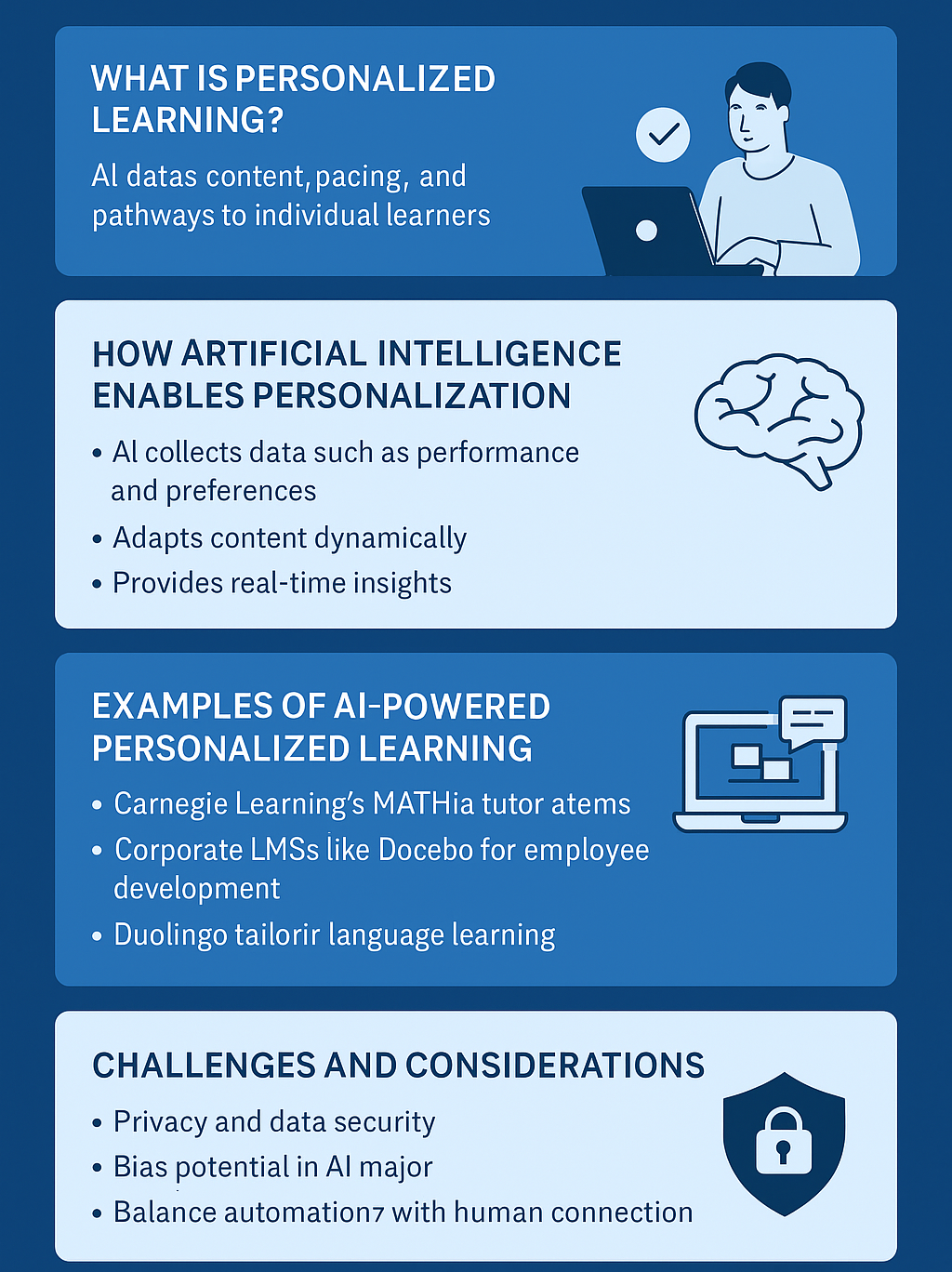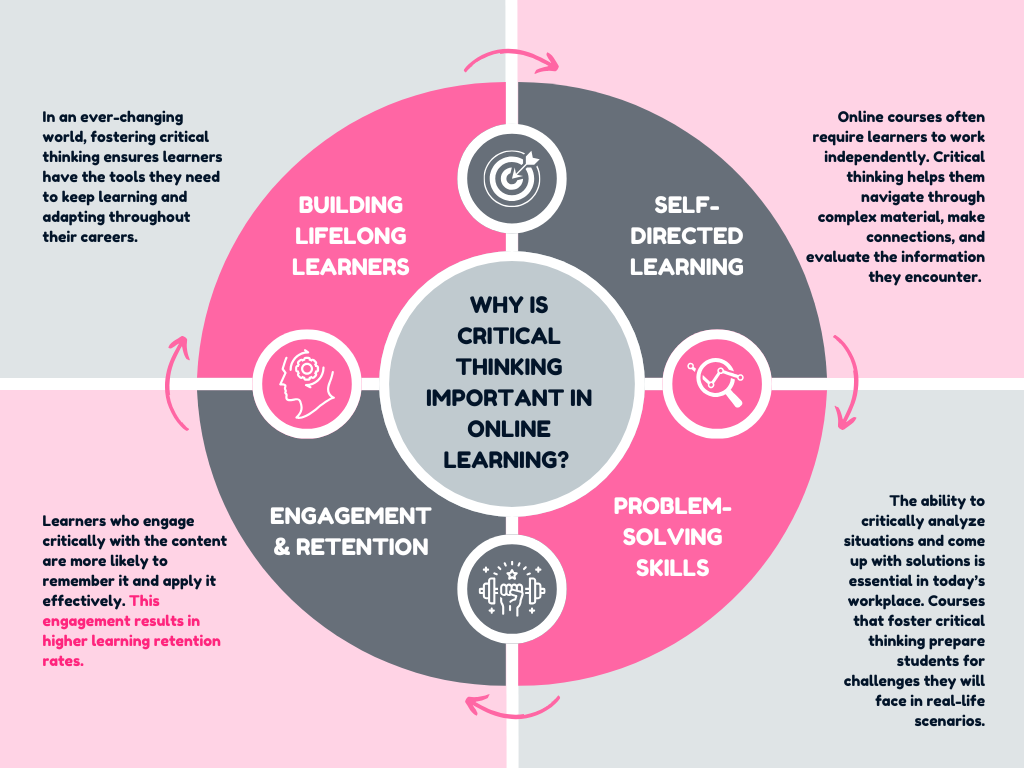As a newcomer in the #Intelligence #analysis industry, I know that the multitude of analytical programs available in the market can be overwhelming. However, you can take a confident step forward by utilizing the user-friendly Microsoft Apps, typically available in your agency (government or private), to initiate your intelligence reports. Here’s a reassuring overview of how to enhance your analysis project:
- Word: Aside from the fact that you usually use the program, the program can transcribe audio and videos; you can dictate information for transcripts, compare different documents, track changes, and create meaningful reports.
- Excel: the versatile statistical tool, offers more than just tables and charts. It empowers you to merge with Power BI, expanding your analytical capabilities.
- Power Bi: The trending tool app for dashboards, which you can create from scratch or learn using their templates and export your statistics from Excel and Access.
- PowerPoint: The program has added new features, including, but not limited to, creating videos, GIFs, and PDFs, design features, and practicing your skills before presenting to your stakeholders.
- Outlook: With scheduling assistance, you can be mindful of your colleagues’ times by checking the time available to meet.
- Forms: Excellent tool to grab feedback from your reports and analysis from your consumers and stakeholders.
- SWAY: An online presentation program similar to PPT.
- Stream: To create videos and tutorials.
- Sharepoint: My favorite HUB to create an entire online repository for your department.
- Planner: Keep each project organized and assign them to each team member.
If you want to learn more, join our next webinar in #Spanish hosted by the International Association of Crime Analysts on Tuesday, October 22, 2024, at 5 pm AZT.






